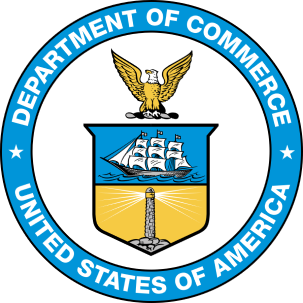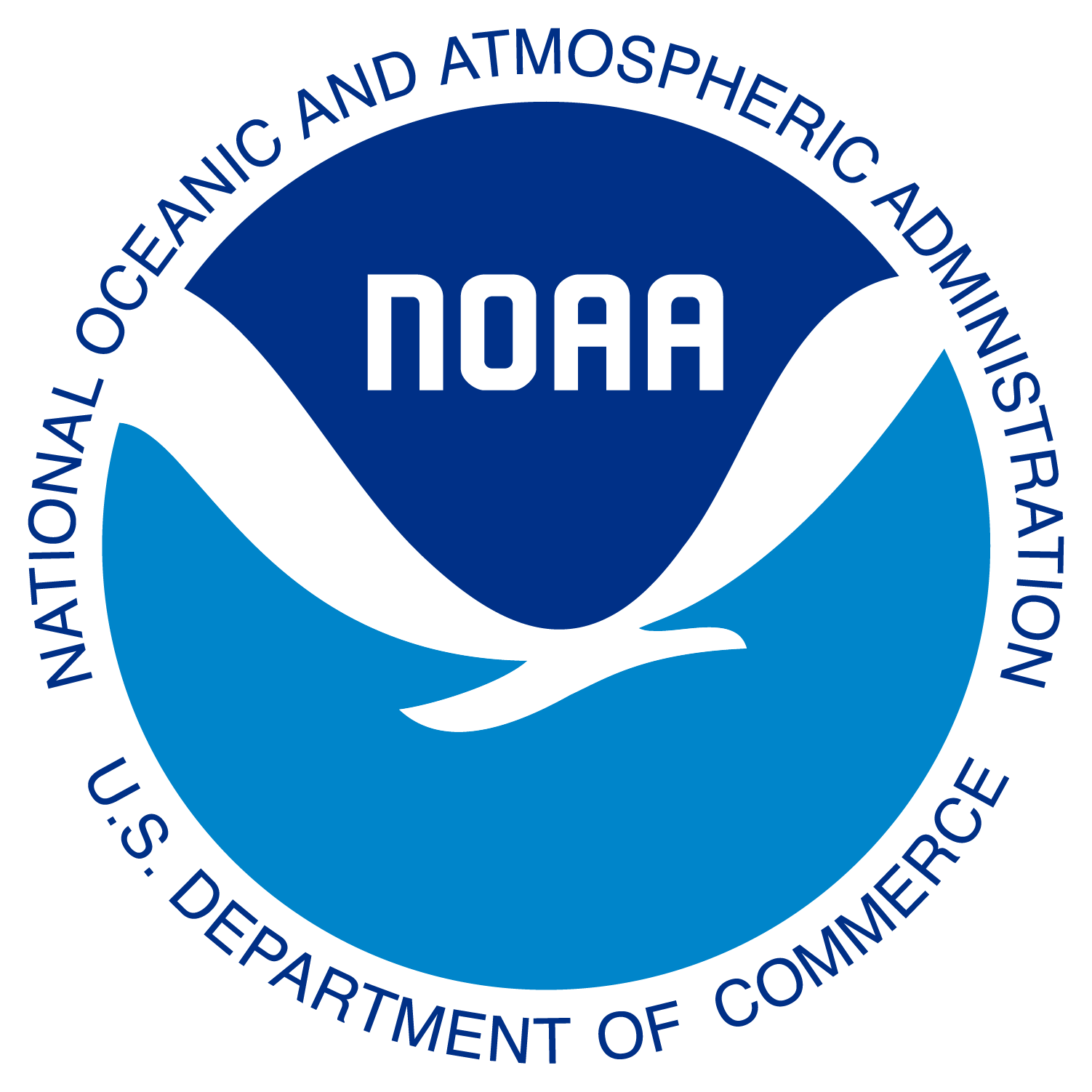 |
|
MODIS Diffuse Attenuation Coefficient at 490 nm (Kd490)The diffuse attenuation coefficient in water indicates how strongly light intensity at a specified wavelength is attenuated within the water column. This parameter has wide applicability in ocean optics, as it is directly related to the presence of scattering particles in the water column, either organic or inorganic, and thus is an indication of water clarity. The diffuse attenuation coefficient at 490 nm (Kd490) indicates the turbidity of the water column - how visible light in the blue to green region of the spectrum penetrates within the water column. The value of Kd490 represents the rate which light at 490 nm is attenuated with depth. For example a Kd490 of 0.1/meter means that light intensity will be reduced one natural log within 10 meters of water. Thus, for a Kd490 of 0.1, one attenuation length is 10 meters. Higher Kd490 value means smaller attenuation depth, and lower clarity of ocean water. CoastWatch provides Kd490 products in near-real time from the Moderate Resolution Imaging Spectroradiometer (MODIS) on-board the NASA Earth Observing System (EOS) Aqua satellite. Products generated by NOAA are of operational quality and will likely differ from the same product generated by NASA. Science quality MODIS ocean color products are available from NASA's Ocean Biology Processing Group. CoastWatch makes available Kd490 products using both NASA's standard algorithm (KD2) and a NOAA algorithm developed for turbid coastal water (Wang, M., et al., 2009). The NOAA algorithm increases Kd490 values in turbid coastal waters, which are known to be too low in the KD2 product. The CoastWatch-processed NASA KD2 product is called "kd490", and the NOAA product is called "k490noaa". Because the NOAA algorithm is suitable for turbid nearshore waters, and the NASA standard algorithm is suitable for clear open-ocean waters, the "k490noaa" product combines the two algorithms in a single product, so that the NOAA algorithm is used for turbid water and the NASA algorithm is used for clear open-ocean water. The NASA standard algorithm (KD2) product is available February 2013 - October 2022. The NOAA algorithm product is available October 2010 - October 2022. Data Access
Reference: |
|

